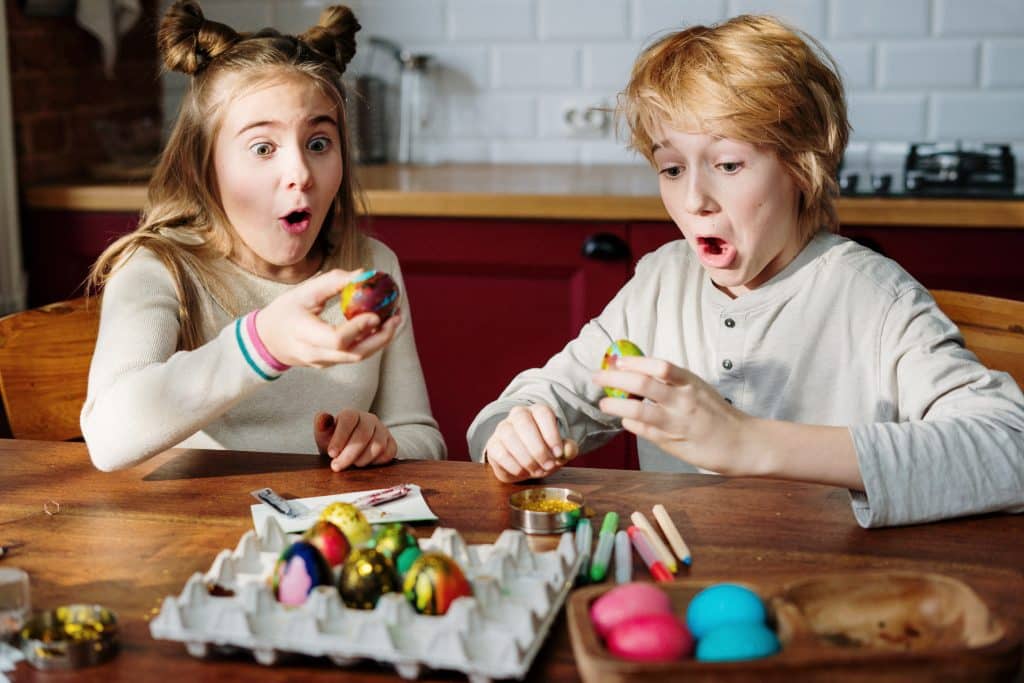In a groundbreaking development, researchers have identified three key signs that may indicate autism in 6-year-old boys, a condition that affects 1 in 44 children nationwide. This game-changing revelation promises to equip parents with the knowledge and tools to recognize potential neurodivergence early on, paving the way for timely intervention and support. With experts offering tangible examples and actionable advice, families await this eagerly anticipated guide, heralding a new era of understanding and empowerment in childhood development. As the world eagerly awaits the unveiling of these must-know signs, a wave of hope washes over households navigating the unique needs of their children.
Table of Contents
1. Social Challenges
The first sign of autism in a 6 year old boy is often difficulty with social interactions. This can manifest in various ways, such as:
- Struggling to make friends or maintain friendships
- Difficulty understanding social cues, like facial expressions or body language
- Avoiding eye contact or physical touch
- Preferring to play alone rather than with others
Read More: Social Stories for Kids

To support your child, try these strategies:
- Encourage playdates with peers, but keep them small and structured
- Practice social skills through role-playing or social stories
- Use visual aids to help explain social cues
Moreover, Goally’s learning tablet for kids can be a valuable tool for helping your child develop social skills. With engaging apps designed for neurodivergent kids, Goally can provide a fun and interactive way to practice social interactions.
2. Communication Difficulties
Another sign of autism in a 6 year old boy is challenges with communication. This can include:
- Delayed speech development or lack of speech altogether
- Difficulty understanding or using nonverbal communication
- Repeating words or phrases (echolalia)
- Struggling to express thoughts or feelings
To help your child improve their communication skills, consider these tips:
- Use visual supports, like picture schedules or social stories
- Encourage your child to use gestures or sign language
- Practice turn-taking in conversations
- Work with a speech therapist for personalized support
“Which language games will help my kid the fastest?” 👇
Goally’s tablet has some of the top language learning games & apps that help kids learn their first 50 words, practice finger dexterity & fine motor skills, AND communicate with AAC.
In addition, Goally offers apps specifically designed to support kids with thinking and learning differences in their communication development. These apps can help your child practice essential communication skills in a fun and engaging way.
3. Repetitive Behaviors and Restricted Interests
Lastly, repetitive behaviors and restricted interests are often observed in kids with autism. Examples of these behaviors include:
- Engaging in repetitive movements, like hand-flapping or rocking
- Developing intense interests in specific topics or objects
- Insisting on strict routines and becoming upset when they’re disrupted
- Sensitivity to sensory input, such as textures, sounds, or smells
| Behavior | Support Strategy |
|---|---|
| Repetitive movements | Provide a safe space for self-stimulation |
| Intense interests | Encourage exploration of related topics |
| Strict routines | Gradually introduce small changes |
| Sensory sensitivity | Offer sensory-friendly environments and tools |

To support your child in managing these behaviors, try the following:
- Create a predictable daily routine
- Offer sensory breaks or fidget tools to help with self-regulation
- Encourage your child to explore new interests, but respect their preferences

Give your kid an independent future. Goally has 15+ learning apps that teach life skills. There are NO web browsers, social media, or YouTube.
Our apps teach executive function, language, emotional regulation, finger dexterity skills, and more. It also 100+ video classes teaching social skills.
In short, if you notice any of these signs in your 6 year old boy, it’s essential to consult with a professional for further evaluation. Early intervention can make a significant difference in the lives of neurodivergent kids, providing them with the tools and support they need to thrive. Remember, every child is unique, and understanding their individual needs is the key to helping them reach their full potential. Goally is here to support you and your child on this journey.
FAQs About Signs of Autism in 6 Year Old Boy
What are the common signs of autism in a 6-year-old boy? Common signs include challenges with social interaction, nonverbal communication struggles, repetitive behaviors, and strong interest in specific topics.
Can a 6-year-old boy start showing autism symptoms suddenly? Autism is typically present from early childhood, but sometimes symptoms may become more noticeable around this age due to increased social demands.
What's the difference between autism signs in a 6-year-old and a 3-year-old? The signs of autism in a 6-year-old can be more subtle. They may involve difficulties with social interaction, like trouble understanding the feelings of others or making friends, compared to a 3-year-old's more noticeable challenges with verbal communication.
How can I support my 6-year-old boy if he shows signs of autism? You can seek a professional diagnosis and engage him in behavioral intervention, speech therapy, and occupational therapy. Use learning tools like visual schedules and emotional regulation apps.
Is it common for 6-year-old boys with autism to have sensory sensitivities? Many children with autism, including 6-year-old boys, often show hypersensitivity or hyposensitivity to sensory inputs like light, sound, or touch.
This post was originally published on 05/19/2023. It was updated on 07/02/2023.
Emily is a seasoned blog writer for Goally, leveraging her extensive background in child psychology and special education to provide valuable insights and resources for parents. Her commitment to understanding and addressing the unique needs of these children, combined with her expertise in educational strategies, makes her a credible and empathetic voice for families.






